The story so far…………….
Last week, for their homework, the children were asked to present a summary of our class novel so far. Today, we celebrated each other’s work and made comments in their books. Below are just a few examples of some of the fantastic creations.


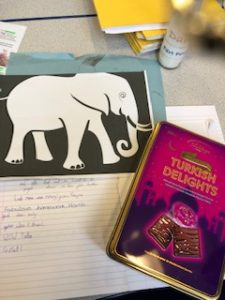
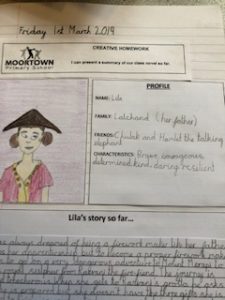
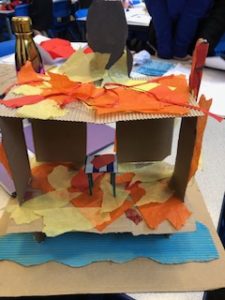
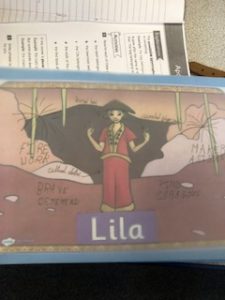
Whodunnit? Continued…
In order to give Headquarters the best chance of arresting the correct person, we analysed their character traits and decided on their main motive.
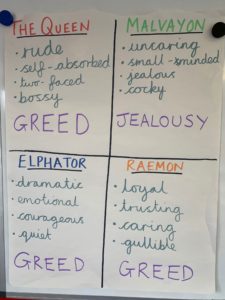
Zidaan said, “Malvayon’s motive was jealousy. His dad paid more attention to the warlock than him and he wanted to be better than his brother.”
The Queen’s motive was greed. “She doesn’t want her gold to be robbed by the warlock. She wants it all for herself,” quoted Rabiya.
Zak explained, “Elphator’s motive was also greed because she wanted whatever the warlock had because she explored with him and she’s seen the treasure he’s got. She wants it all for herself.”
“Raemon would get the warlock’s castle if he disappeared and everything the warlock and his army had so he would be the new warlock. His motive is also greed,” stated Omar.
Our predictions were as follows…

We spotted a quick opportunity for some maths! We were challenged to create either a bar chart or pictogram (or even a pie chart if we really wanted a challenge) to display our data.

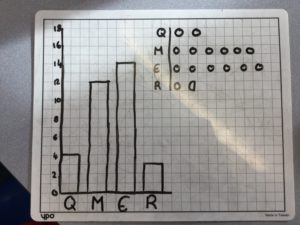
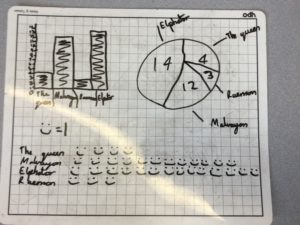

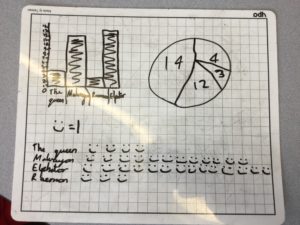

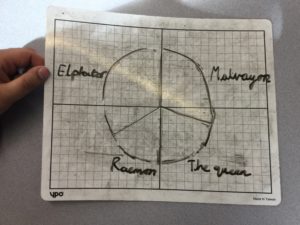
Homework Heroes
Year 5 have, yet again, completed their homework to a very high – and very creative – quality!
I can present a summary of our class novel so far.
Byron nominated Arundeep: “It’s an amazing drawing and it looks like he put loads of effort in.”
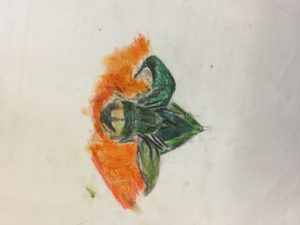
Eve nominated Darien: “Even though it wasn’t a big model, she drew a story map with lots of the parts of the story like when we threw the cheese at the painting.”
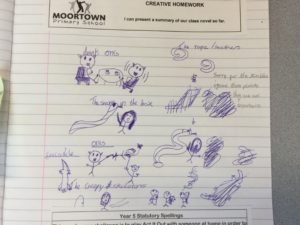
Ben nominated Gurnoor: “It seemed like she put lots of effort into moulding the clay into the words and her idea of a game was brilliant in general.”
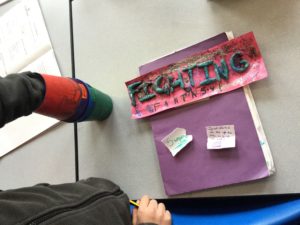
Alexander nominated Omar for his story map.
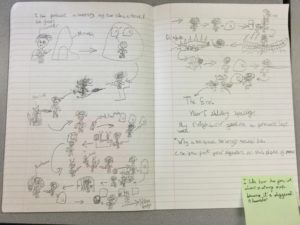
Enas nominated Eve: “She made a big picture and cut out the eyes to make it look like a person like in the story.”
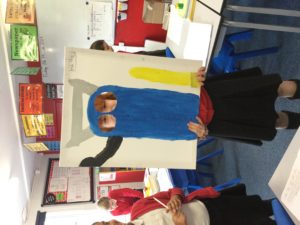
Kirsten nominated Evie: “She put loads of effort in because she made her own music.”
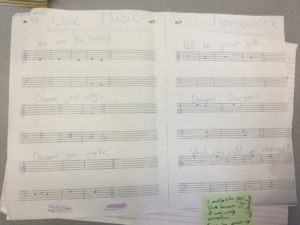
Sam nominated Finlay: “It looked like he put a lot of time and effort into it and it was a really good map.”
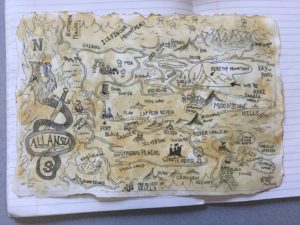

Rabiya nominated Nayaab for her poster.
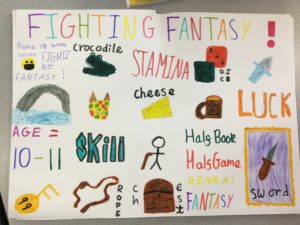
Others used ICT…
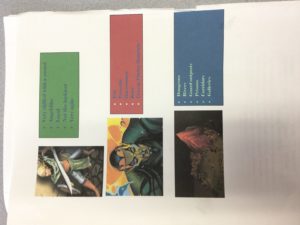
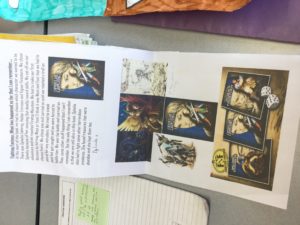
… or used drawing and colouring to represent their summary!

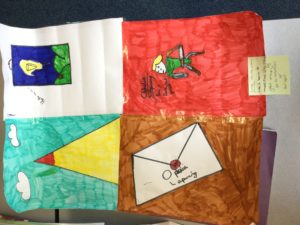

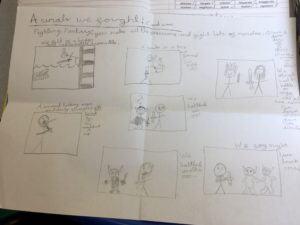
Well done, everyone!
We all miss you!
As some of you are already aware, we have been without a member of our class for most of this school year. This has been due to illness that has required lengthy hospital stays, treatments and many different medications. Despite all of this, our much missed friend has remained positive and determined to overcome her illness. We are pleased to report that progress is great and we are looking forward to welcoming our classmate back soon.
Today a small group of children walked down to pay a visit and showcase their World Book Day costumes. Due to the risk of infection, the children just had a quick wave through the window.
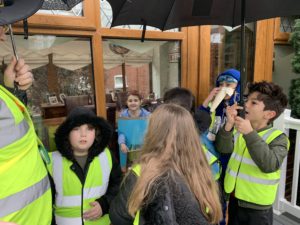


Living and Learning – I can do the right thing.
In this week’s Living and Learning lesson, we’ve looked at what it means to do the right thing. Sometimes, it’s not always clear and people may not act in the way you’d expect. We read situation cards:
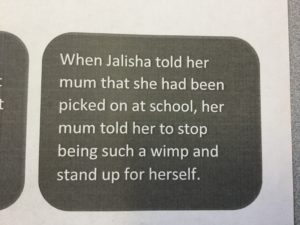
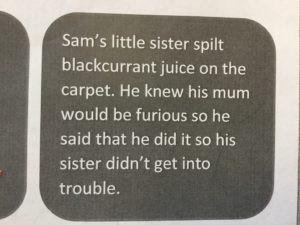
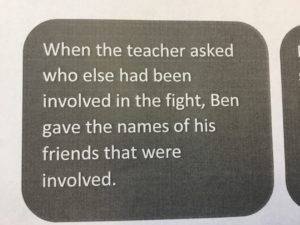
We discussed what happened, whether this was the right or wrong thing to do and how the people involved might have been affected.
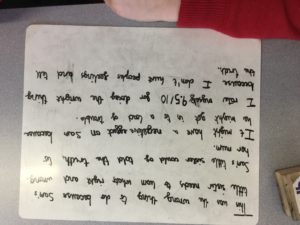
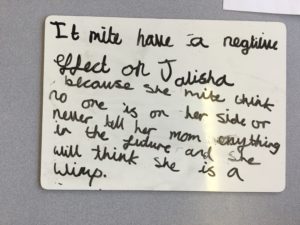
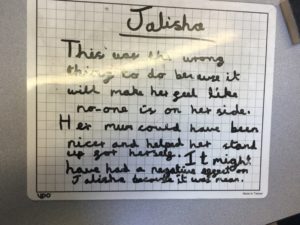
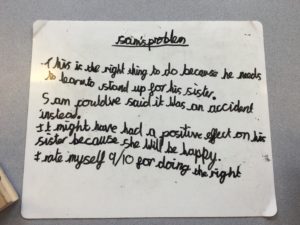
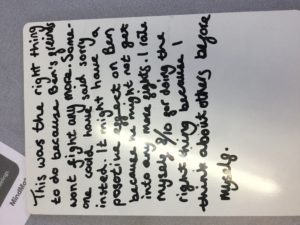
We also had a chat about our own ability to do the right thing. It’s important to know that it’s difficult at times! Talking honestly and being open about when you’re unsure can really help. Ask your child:
- What happens if you do the wrong thing?
- What choices can you make to improve the situation?
Whodunnit?
This week’s reading lessons have centred around a text similar to our Fighting Fantasy class novel. It’s a text about the mysterious disappearance of the Warlock of Firetop Mountain.
Year 5 have taken on the role of Detective Townmoor and it’s been our job to find out who is responsible for the crime.
Earlier in the week, we had to help a friend at the Yorkshire Evening Post by distinguishing between statements of fact and opinion regarding the case. This was important to make sure only facts – and no biases – are reported. We also looked at how this helps us to be safe online by being critical. Ask your child how to be a critical user of the internet. (Hint: fake news!)
Analysing the suspects and their relationships to the victim and each other will help us understand their thoughts and feelings. It may even highlight a foundation for why someone wanted the warlock out of the picture. First, we filled out a relationship grid to send back to our Headquarters by analysing three suspects.
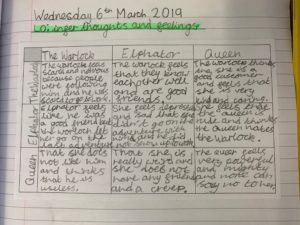
Then we thought of questions to ask the suspects in order to find out more information …
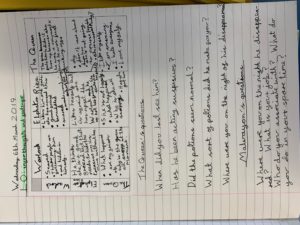
… before we came together as a class to collate our analysis on a giant relationships grid where pink, green and yellow post its were negative, positive and neutral feelings respectively.
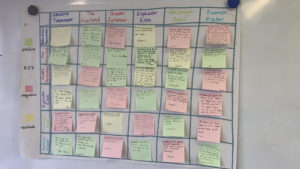
Next, we will put the suspects under the microscope even further by analysing their traits and motives for the crime.
Leeds Art Gallery
Last week, Year 1 and 2 enjoyed an art filled day at Leeds Art Gallery linked to our current big topic, Katie and… Unfortunately, we couldn’t step into the paintings just like Katie.
Before lunch, we explored the gallery and looked at all the fantastic pieces of art. The children decided which was their favourite and sketched their own version.
After lunch, we took part in a workshop session based on Leonardo Da Vinci’s drawing which were being held at the gallery. After the workshop, the children could talk about his work and what made him such a good artist.
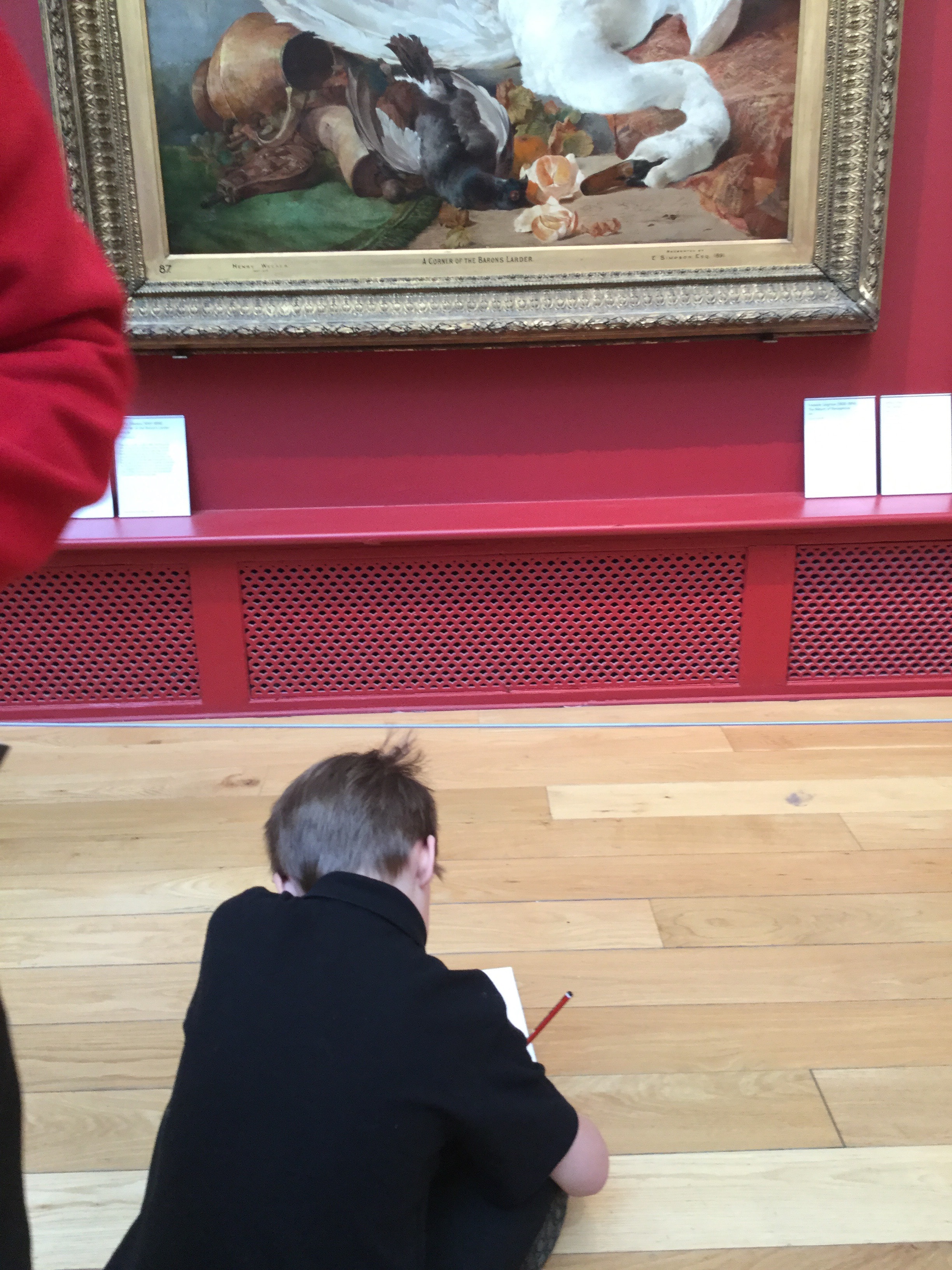
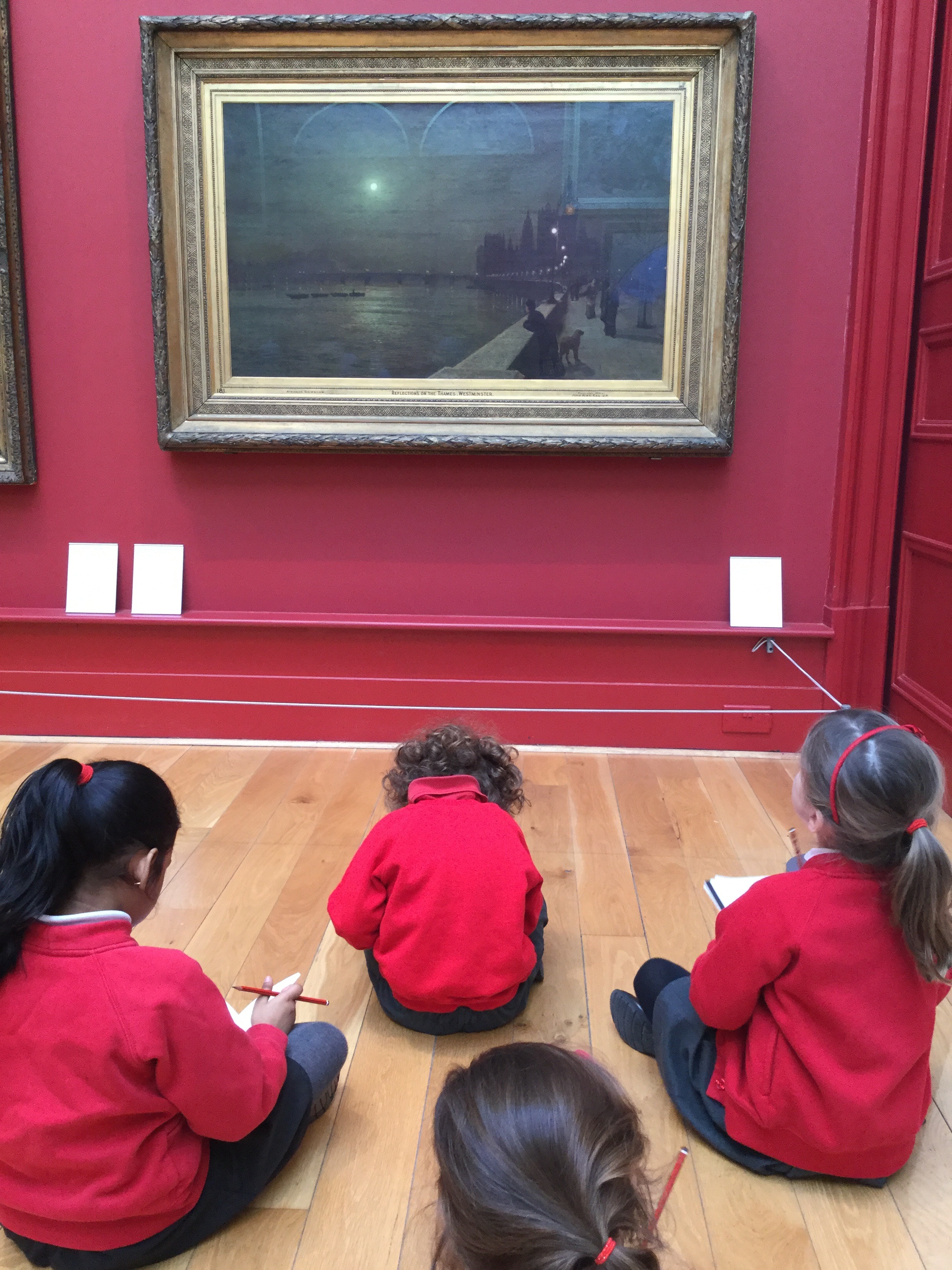
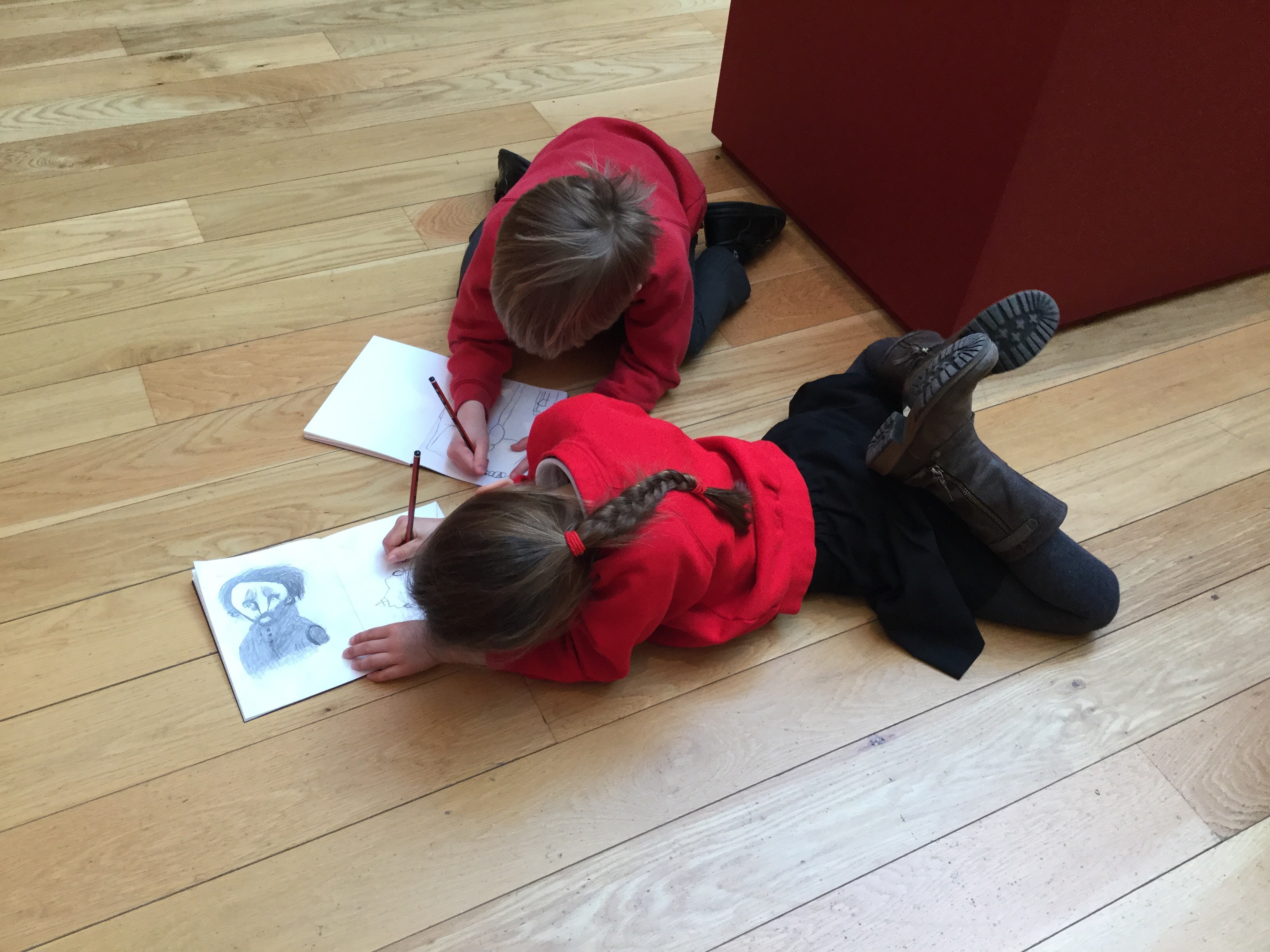
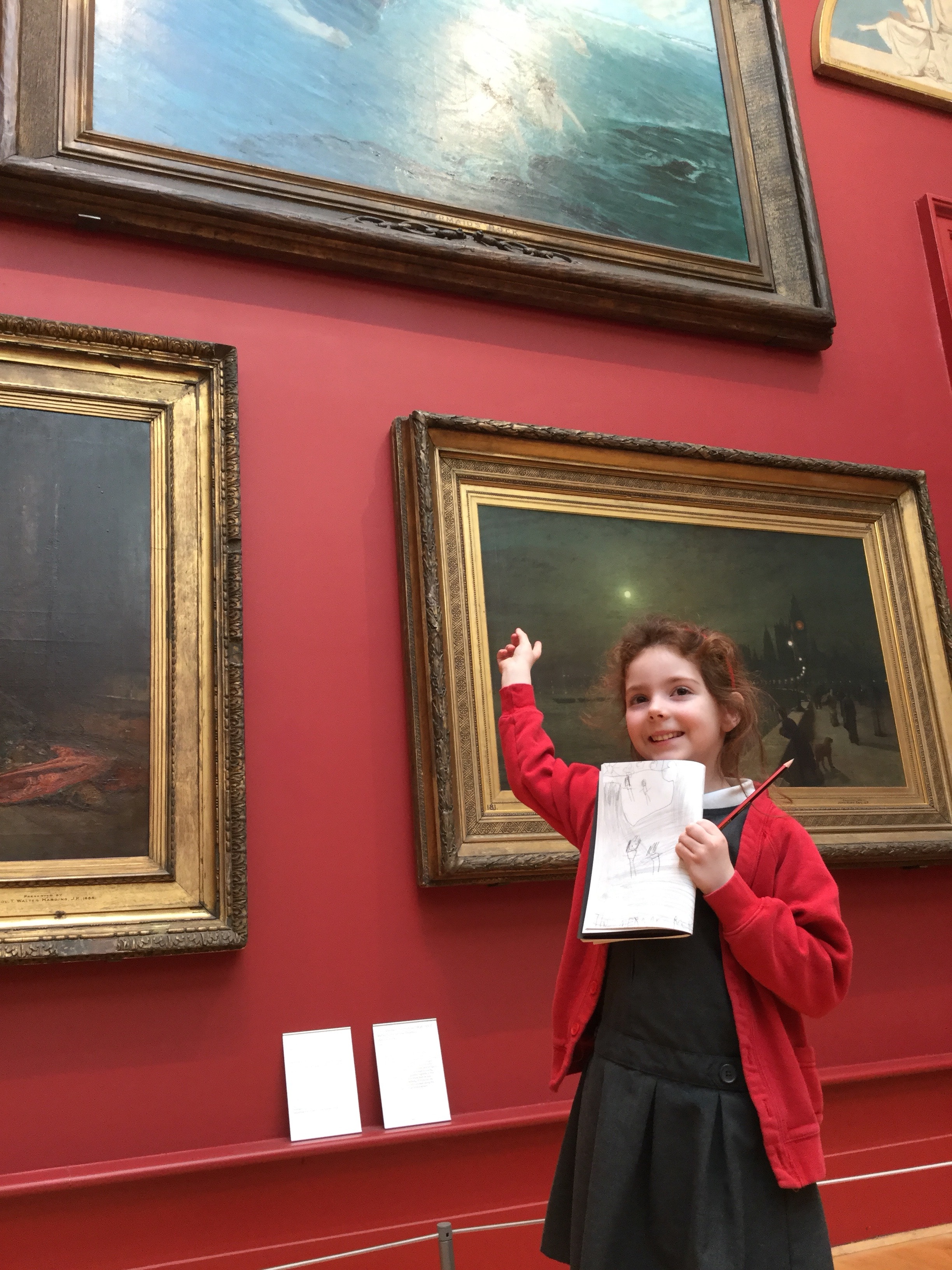


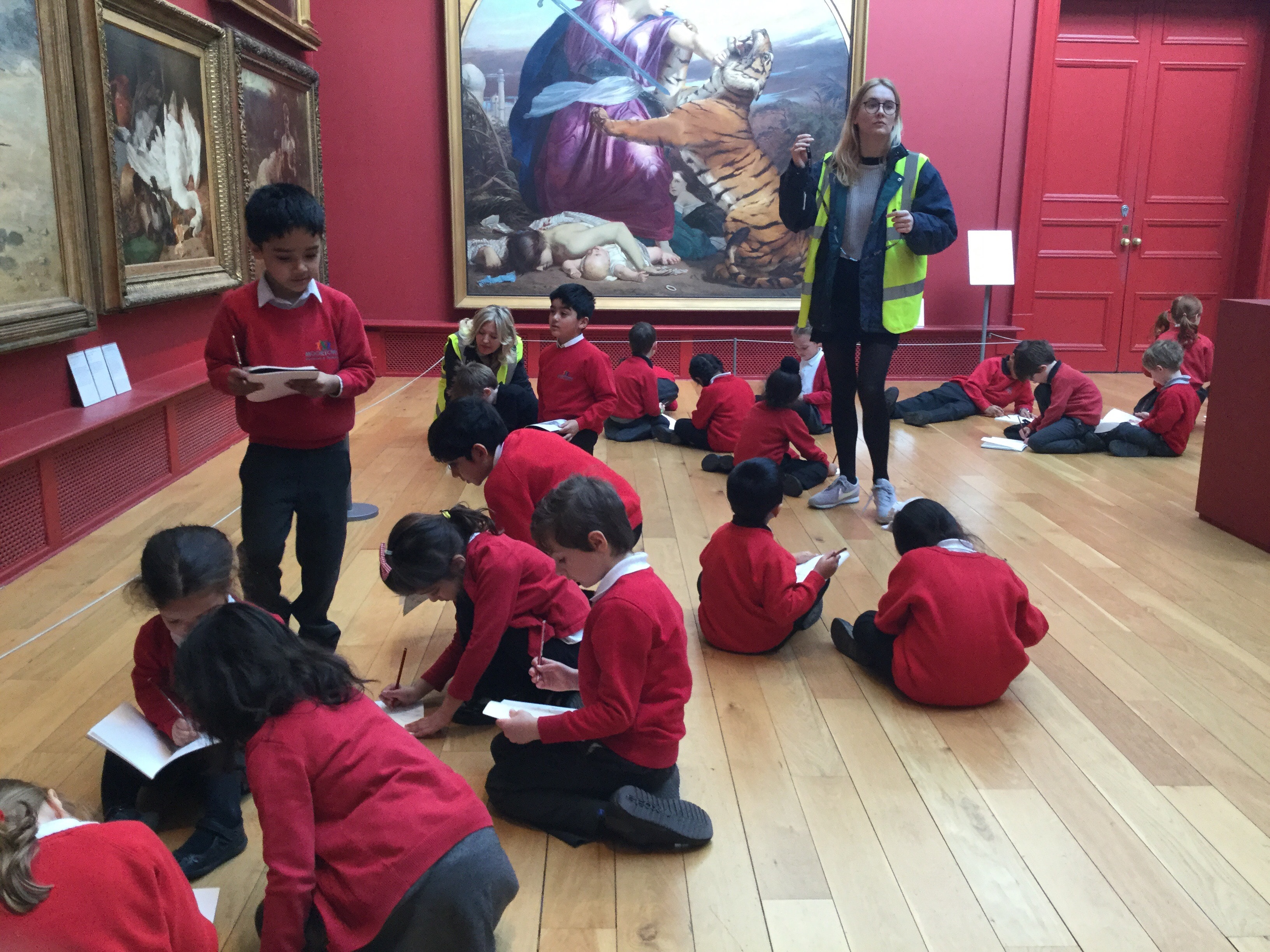

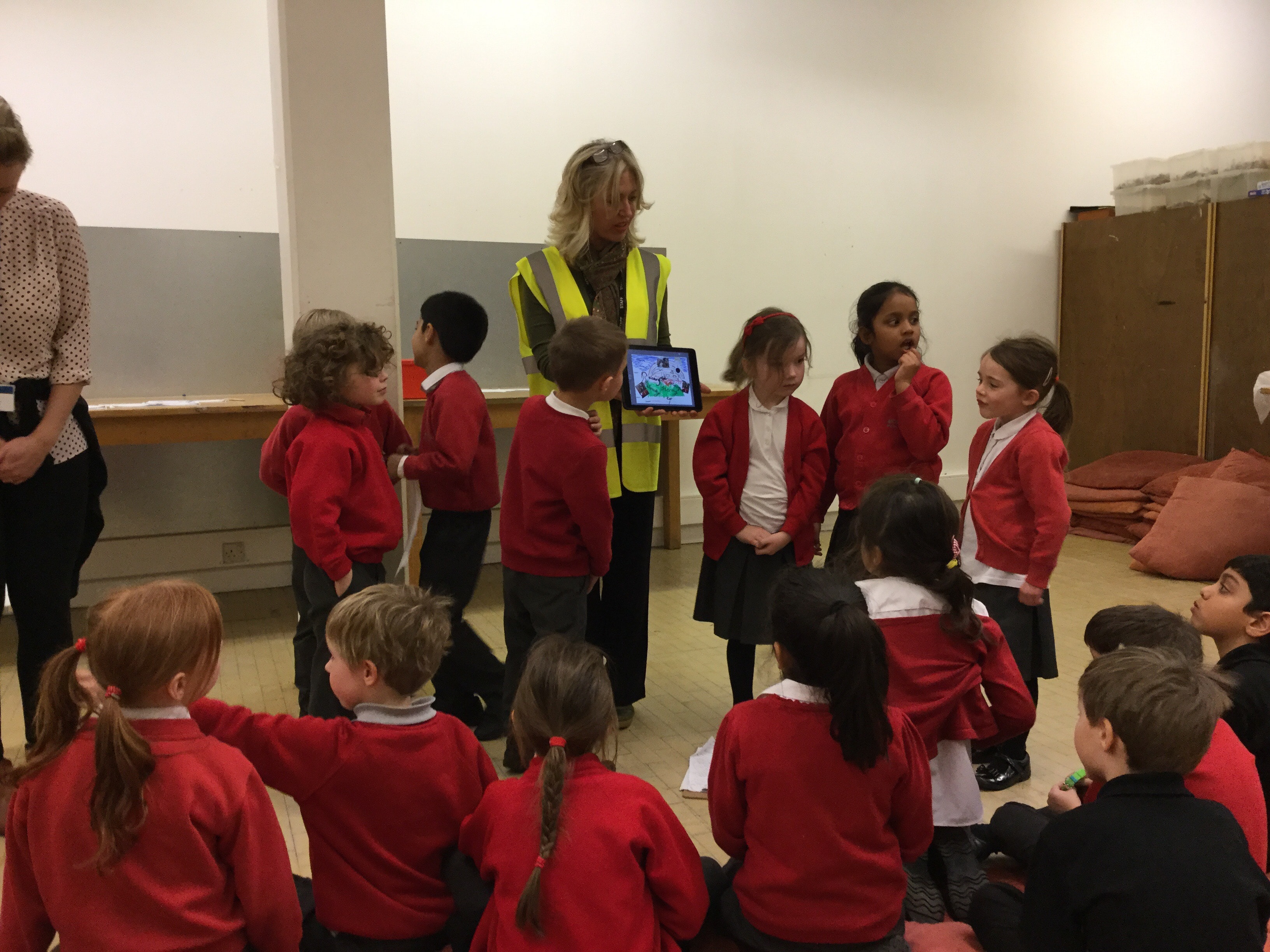
Living and Learning: What influences us?
In our living and learning session this week, we discussed what influence means and what we think influences us.
The children came up with lots of ideas of what can be an influence on their lives and choices – both positive and negative: parents, friends, teachers, social media, adverts, games, famous people…
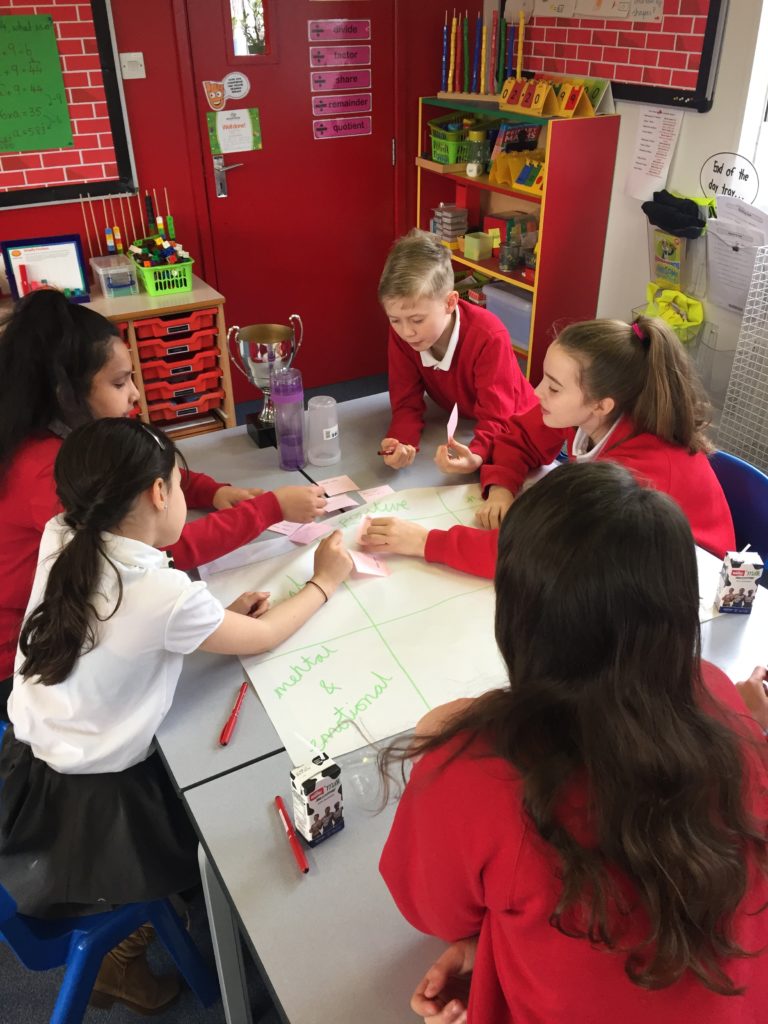
They worked as a group to create a diamond nine to represent which of these they felt influenced them most and which influenced them least which led to lots of interesting discussions.
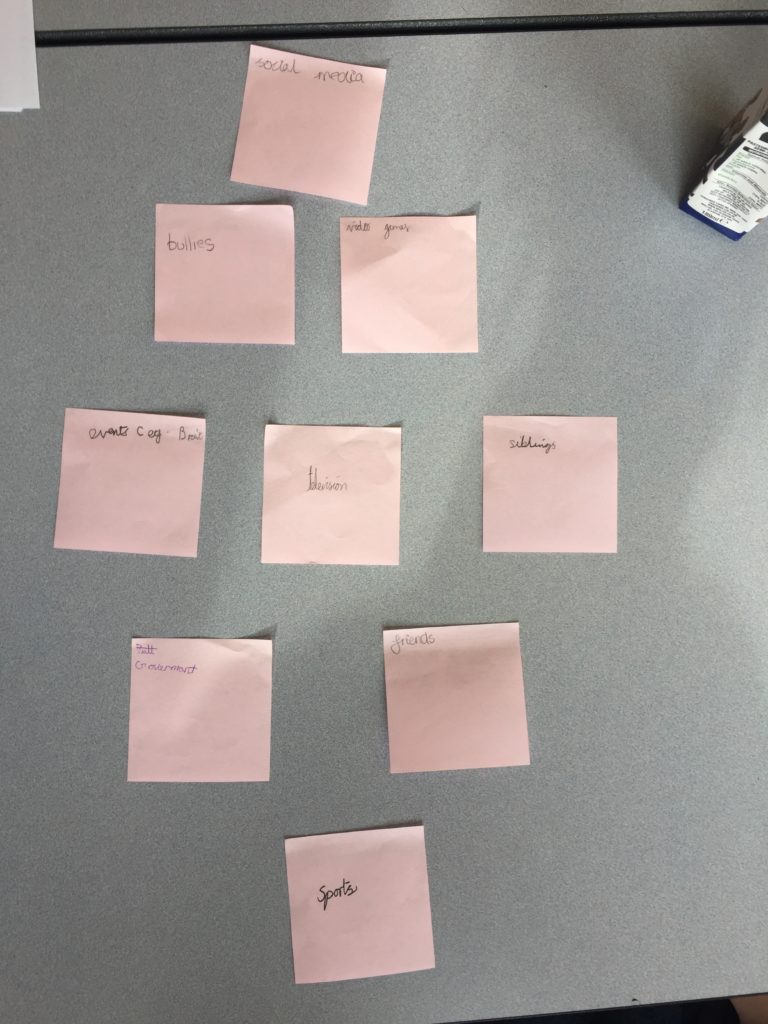
At home, discuss this together, thinking about how friends, for example, can influence us positively and how they can influence us negatively.
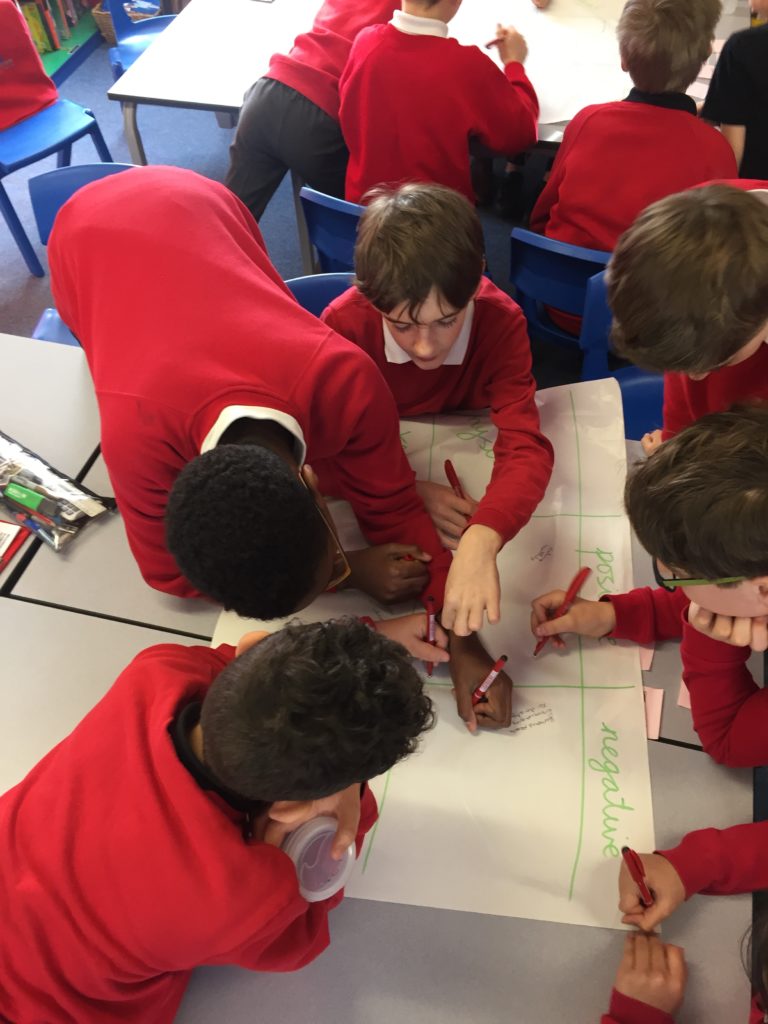
Phonics mornings
Don’t forget our phonics mornings on Wednesday, Thursday and Friday.
Come along and see how the children have progressed and learn how you can support them in their reading and writing at home.
See you there!
Apostrophes
This week, we have been focusing on the correct use of apostrophes.
The children need to be able to use this punctuation mark within their writing accurately. In English, we use apostrophes in two ways, to show possession and to show contraction (or omission).
Apostrophes are used to tell us that something belongs to someone.
For example, if you were talking about a football belonging to Ben, you would say ‘Ben’s football’.
There is only one of Ben, so this is called singular possession.
In Year 4, children move onto using apostrophes to show plural possession.
If there are two or more people owning something, an apostrophe is needed to show plural possession. In this case the apostrophe goes after the plural owners, so if a group of girls each own a hat and you want to talk about all these hats, you would say ‘the girls’ hats’.
Apostrophes to show contraction or omission
If we put two words together and miss out some letters, we need to add an apostrophe where the missing letters are. For example: ‘do not’ would change to ‘don’t’, the contracted form.
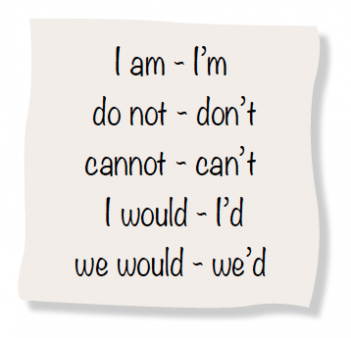
During our lesson, the children attempted an apostrophe puzzle. Communication was a necessary skill required to master this tricky, hexagonal jigsaw. Well done everyone!
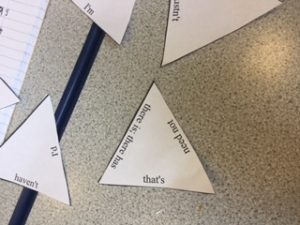
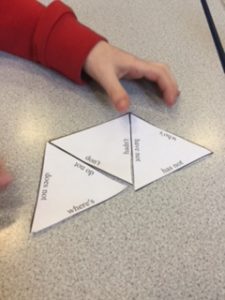
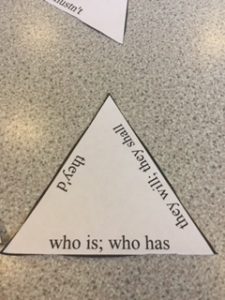
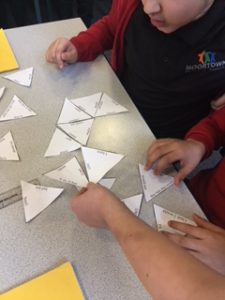
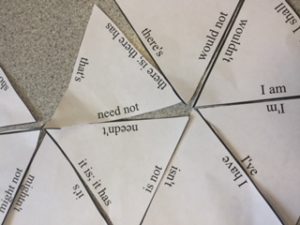
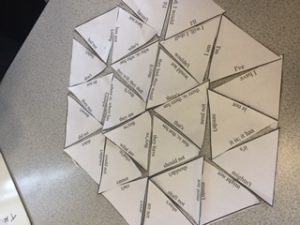

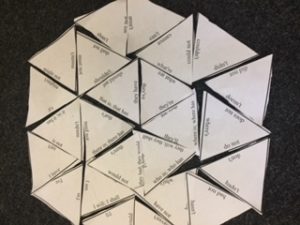
Quiz your child on the sentences below. Where does the apostrophe need to go? Can they explain why?
Group or singular possession?
This is Janes cat.
The man stole the ladies handbags.
The womens meeting began at eight.
The little ducks feathers were very soft.
The cars wheels had fallen off.
Marks hair was wet.
Class Fours classroom was very tidy.